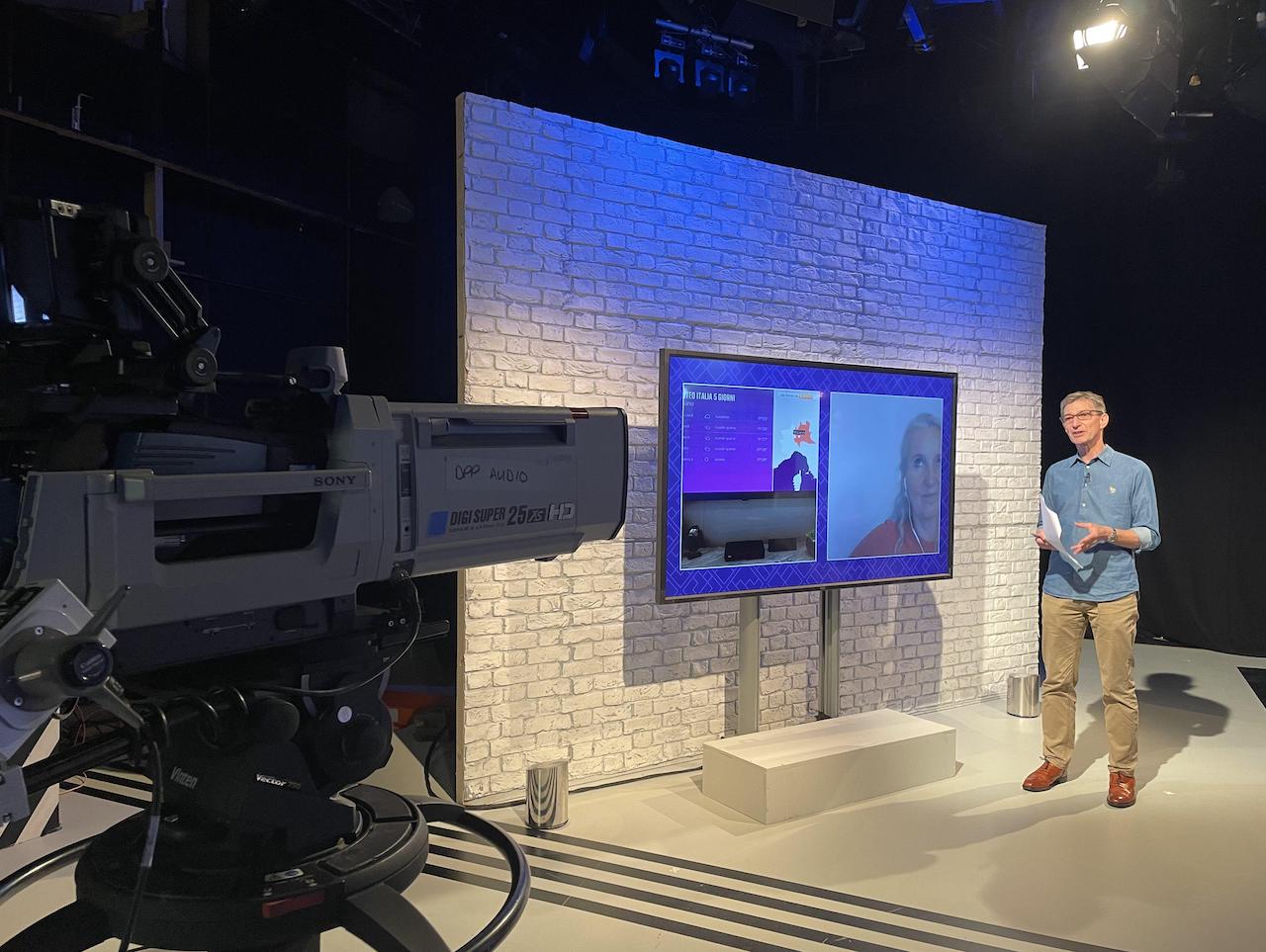As previously discussed on this blog, DPP standards webinar threw up some fascinating perspectives on this area of file-based workflow standardization. Another interesting perspective came from Chiswick-based international media facility, TVT, which was represented on the webinar by its managing director, Kim Thesiger:
TVT can claim to be one of the first (even perhaps the first) European media facility that employs entirely file-based operations throughout its workflow. From its UK base, TVT provides media supply facilities for a broad range of ‘broadcasters’ from BBC Worldwide and other UK TV channels, NBC, Netflix and Disney.
The Modern Media Factory
TVT epitomizes a modern media factory, processing thousands and thousands of hours of content. It challenge is to process the media and make it ‘playout ready’ as efficiently as possible whilst still retaining the intrinsic media quality.
The core processes of media ingest, QC, regional legal compliance, editing, sub-titling, dubbing and transcoding are performed specifically for each client and to their individual technical specifications. The facility’s perspective is unique since they gain an overview of the entire content creation and distribution chain.
Sitting in between the content owner and the final playout centre can cause considerable challenges, and in this respect standardisation around DPP can be the answer, so suggested Kim Thesiger during his presentation.
It Just Works
The previous workflow had big areas of expense – VTRs, tape stock, shipping and labour to name a few, but it had the big advantage that it just worked since there was one global standard – the Digi Beta VTR.
Kim pointed out that the file-based revolution has turned the whole process on its head. Server hardware is less expensive, stock cost is zero, as is delivery cost. But, on the other hand, virtually nothing works out of the box. Almost no delivery formats are alike, files received from clients are of a very variable quality and legalizing files is a more difficult task than legalizing video tapes. Also, many manufacturers fail to conform to standards, so Kim reported.
AS-11 Standardization is a Positive Step Forward
Kim sees the adoption of the AS-11 standard as the first attempt to rationalize this situation. He regards it as a real world solution and worthy of the major backing it is receiving within the UK. As he reported, any standard cannot be successful unless it is built into leading solutions and it is perceived as being required by the industry.
Is the Glass Half Full or Half Empty?
However, the facility does have some issues with the AS-11 standard, especially in the video file specification. Kim reported that the spec does not play happily within all major NLE systems; currently few playout centers accept 100Mbps files, and he sees a danger in smaller companies creating badly formed files.
Despite these reservations, TVT does strongly supports the metadata standards within DPP since this is a far bigger issue to the facility. No two metadata standards are alike – to this day, TVT still receives MS Word files and even paperwork from clients. It is incredibly labour intensive to edit or rekey this data.
TVT has recently rolled out a production company interface on its website where clients cankey metadata directly into the company database. Already, this system captures most DPP fields and Kim reported that it will be totally DPP compliant within two months.
Without doubt, it will help enormously to create standardization within metadata. Like theMXF standard itself, DPP standards will continue to evolve. As does Kim, we would like to see DPP standards built in to more kit from more manufacturers.
Featured in: Broadcast | Captioning | DPP | File-Based Workflows | Metadata |
With 30 years in the industry, Bruce looks after Media Technology for Dalet. An engineer who designed antennas, ASICs, software, algorithms, systems and standards, Bruce is best known for being @MrMXF and you can get his book on Amazon.
More Articles By Bruce



